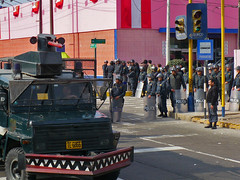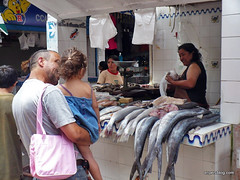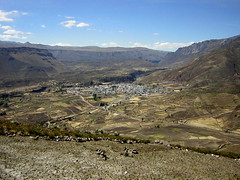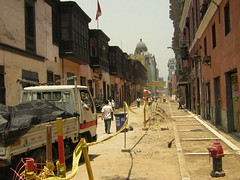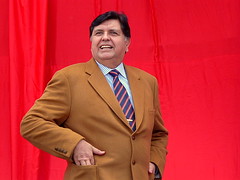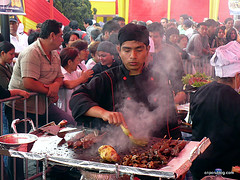Cusco Ethno-tourism: the community of Cuyuni
Just an hour outside Cusco is Cuyuni. A rural community, it has implemented a novel ‘living’ tourist circuit: a walk of four hours through traditional Andean scenery interrupted by actors playing themselves, offering visitors a resumed and interactive look at their customs and their daily lives. The trip ends with a novoandino buffet with a view of the mighty Ausangate.
Text & Photos By Sengo Pérez
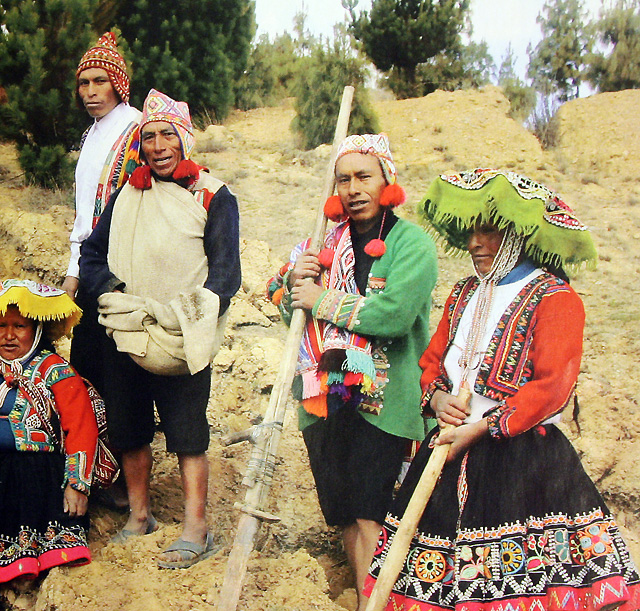
Isolated by difficult intransitable terrain despite its proximity to Cusco, the community could easily have disappeared as so many have before it, but the people of Cuyuni are fighters, always looking for ways to improve their standard of living.
For example, after having heard about the benefits of greenhouses, the community decided to try and build one and have since been able to grow vegetables that just a few years ago they hadn’t even heard of – dramatically improving their nutrition.
“Since eating them we all get sick a lot less than we did”, explains Antenor Percca, vice president of the communal enterprise they have set up.
They also didn’t have any guinea pigs, so they went and got some. Now they have a breeders association, raising an animal that is traditionally an important source of protein.
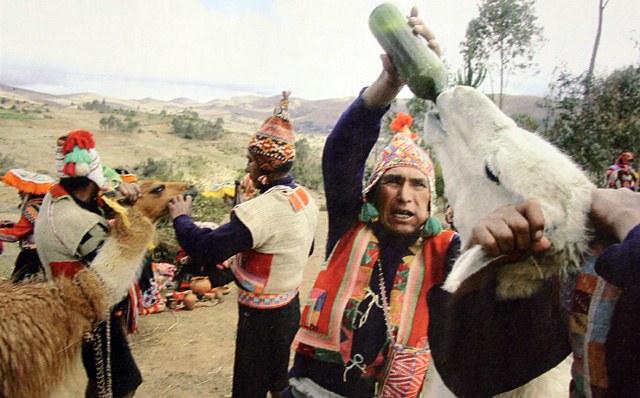
Theatre
Things changed when the Interoceanic Highway was constructed, making a once ridiculously difficult journey to Cusco take just almost not time at all. The community was however as eager as ever to improve their lot in life and take advantage of this change.
Being more exposed and connected to the world at large they discovered a new potential source of income: tourism. They quickly realized that these strange foreign visitors, even many people from Cusco, had little idea of what is was to plant and cultivate your own food rather than buy it from a supermarket. They realized that dying wool and weaving garments, something so common for them, could be something that others would love to observe and would admire. Doing what they have been doing all their lives could be a new source of income for the town, and a wonderful new tourist attraction for those visitors to the region.
From this came about the idea of organising a unique tourist trail that would present to outsiders what is a typical day in the life of a Cuyuni resident. A type of walking theatre lasting four hours. What really occurs over several months, the entire production cycle – be it in producing textiles or potatoes using ancestral methods passed down for hundreds of years – is condensed into these four hours. The actors play themselves, living their daily lives and going about their chores as they would normally do. Festivities are also represented and played out, with tourists asked to join in the fun.
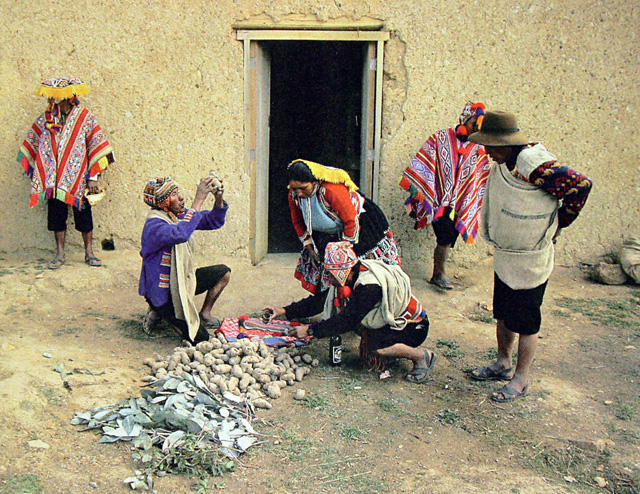
Work and parties are accompanied with spiritual traditions. Never to be forgotten is the giving of thanks to mother-earth by the pacco or priest. Also thanked are the apus, the spirits of the great mountains that surround them and their arable lands. In the ritual they are asked to help make sure that the potato harvest is sufficient to feed the people until the next.
Novoandina
After giving an insight into the daily lives of rural cusqueños, how they work, party and pray, the trip ends with a delicious meal.
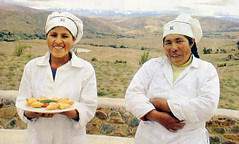 Exposed to the latest trends in Cusco, the community offers sophisticated modern Andean food made from the fresh ingredients grown here 4000m above sea level.
Exposed to the latest trends in Cusco, the community offers sophisticated modern Andean food made from the fresh ingredients grown here 4000m above sea level.
With an impressive view of the Ausangate mountain, the restaurant is managed by the same villagers, taught the basics of administration, customer service, hygiene and cookery by the private company awarded the concession of the Interoceanic highway, part of a scheme set up to re-invest in deprived areas the highway passes through.
Dishes such as peppered alpaca steak with lima bean puré, olive rice and alpaca wantans are some items found on the menu. The stunning food, and the view seal the day as one of Peru’s best ethno-tourism offerings.
Tags: ausangate, campesinos, cusco, cuyuni, Inter-Oceanic Highway, potatoes, poverty, theatre



